Emanuele Maiorana
BIOWISH: Biometric Recognition using Wearable Inertial Sensors detecting Heart Activity
Oct 18, 2022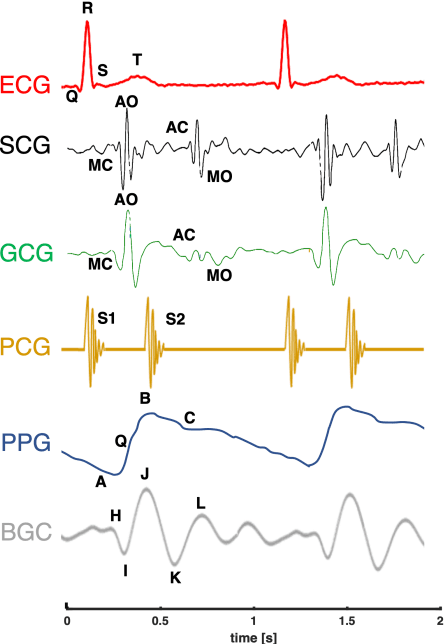
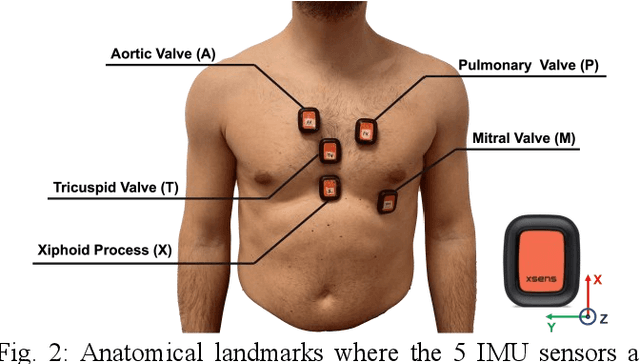
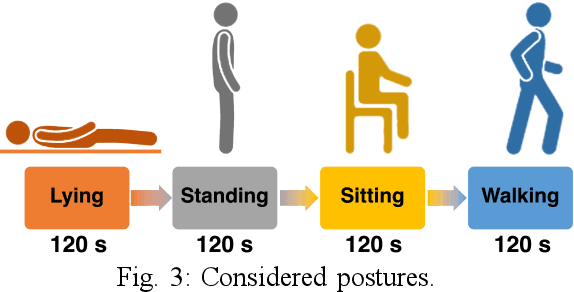
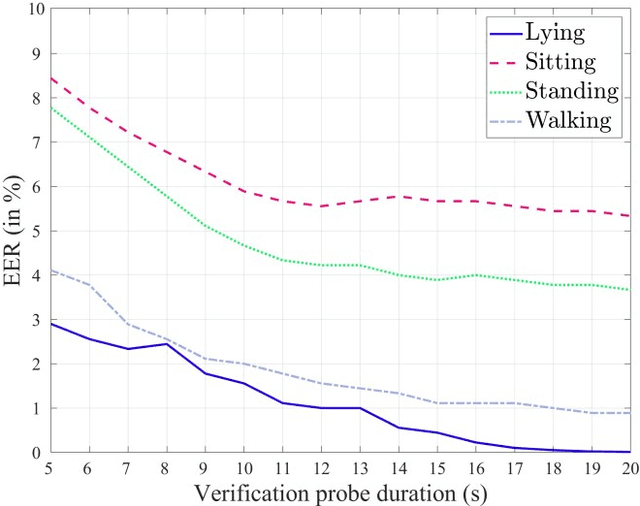
Abstract:Wearable devices are increasingly used, thanks to the wide set of applications that can be deployed exploiting their ability to monitor physical activity and health-related parameters. Their usage has been recently proposed to perform biometric recognition, leveraging on the uniqueness of the recorded traits to generate discriminative identifiers. Most of the studies conducted on this topic have considered signals derived from cardiac activity, detecting it mainly using electrical measurements thorugh electrocardiography, or optical recordings employing photoplethysmography. In this paper we instead propose a BIOmetric recognition approach using Wearable Inertial Sensors detecting Heart activity (BIOWISH). In more detail, we investigate the feasibility of exploiting mechanical measurements obtained through seismocardiography and gyrocardiography to recognize a person. Several feature extractors and classifiers, including deep learning techniques relying on transfer learning and siamese training, are employed to derive distinctive characteristics from the considered signals, and differentiate between legitimate and impostor subjects. An multi-session database, comprising acquisitions taken from subjects performing different activities, is employed to perform experimental tests simulating a verification system. The obtained results testify that identifiers derived from measurements of chest vibrations, collected by wearable inertial sensors, could be employed to guarantee high recognition performance, even when considering short-time recordings.
Facial Landmark Point Localization using Coarse-to-Fine Deep Recurrent Neural Network
May 03, 2018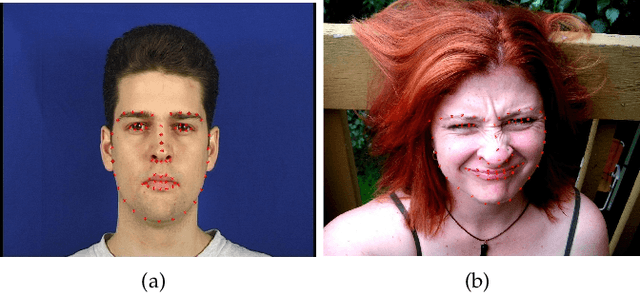
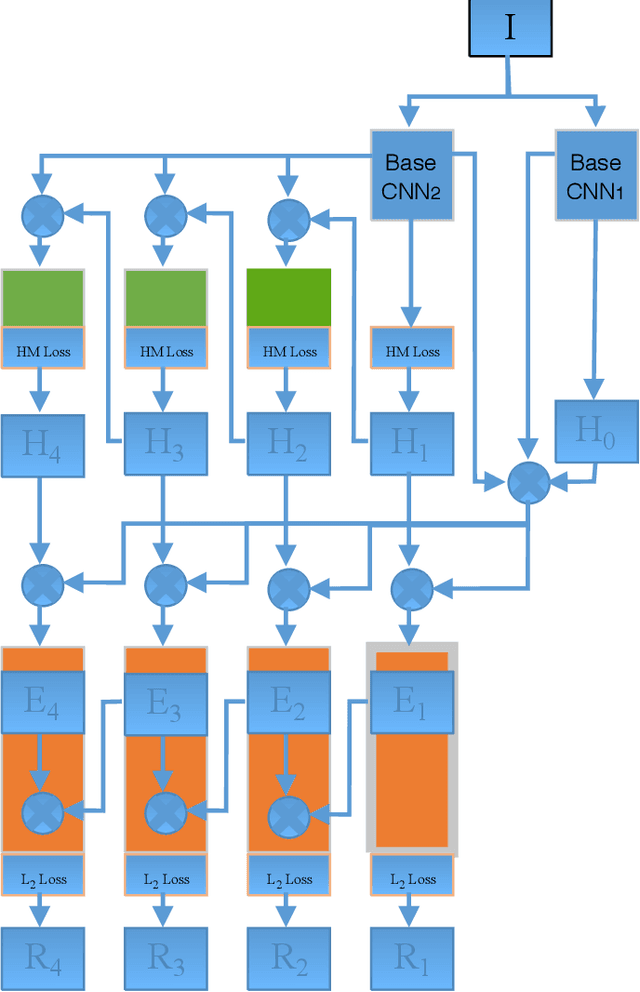
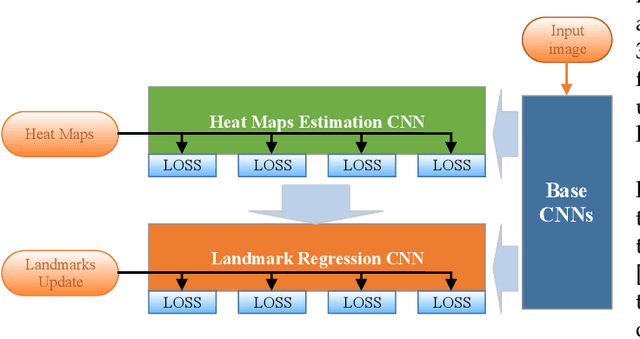
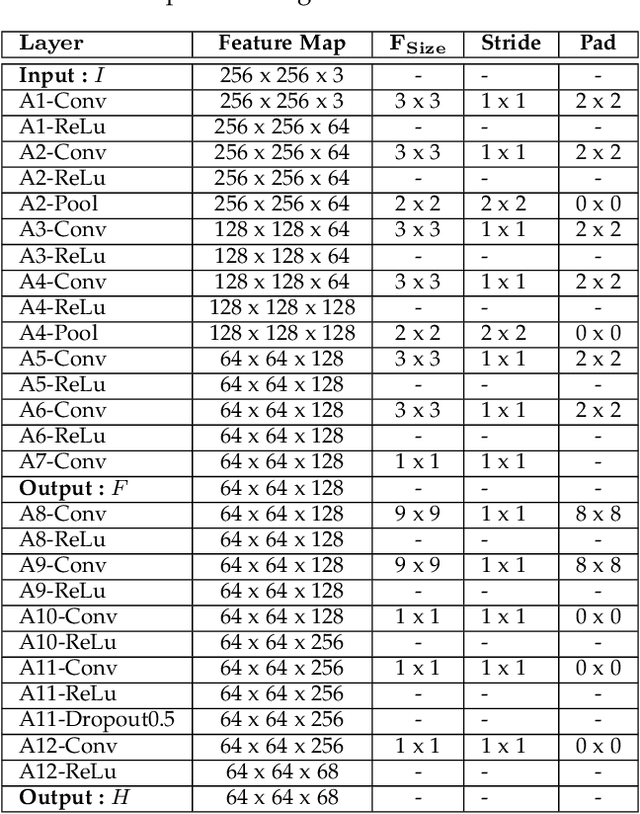
Abstract:Facial landmark point localization is a typical problem in computer vision and is extensively used for increasing accuracy of face recognition, facial expression analysis, face animation etc. In recent years, substantial effort have been deployed by many researcher to design a robust facial landmark detection system. However, it still remains as one of the most challenging tasks due to the existence of extreme poses, exaggerated facial expression, unconstrained illumination, etc. In this paper, we propose a novel coarse-to-fine deep recurrent-neural-network (RNN) based framework, which uses heat-map images for facial landmark point localization. The use of heat-map images allows us using the entire face image instead of the face initialization bounding boxes or patch images around the landmark points. Performance of our proposed framework shows significant improvement in case of handling difficult face images with higher degree of occlusion, variation of pose, large yaw angles and illumination. In comparison with the best current state-of-the-art technique a reduction of 45% in failure rate and an improvement of 11.5% in area under the curve for 300-W private test set are some of the main contributions of our proposed framework.
 Add to Chrome
Add to Chrome Add to Firefox
Add to Firefox Add to Edge
Add to Edge